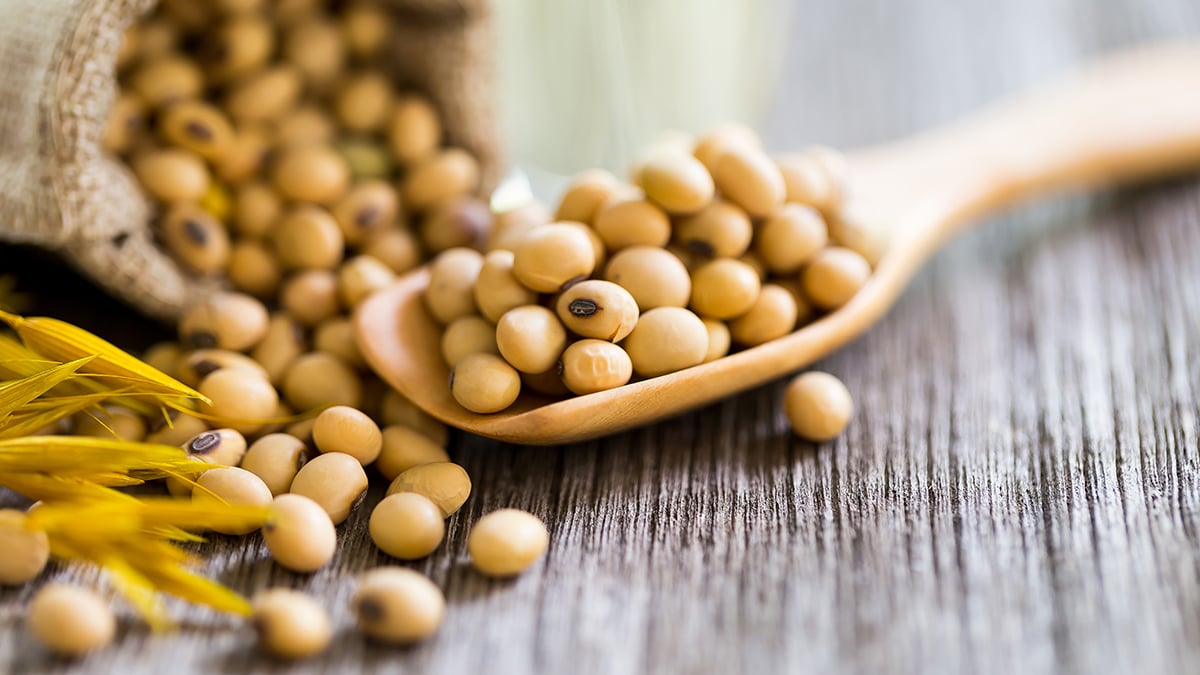


The unique flavor and nutritional value of the fermented foods result from numerous microorganisms and their metabolites produced during fermentation. subtilis BJ3-2, thus providing a deeper insight into the mechanism of the formation of soy sauce-like flavor and soybean flavor compounds. To sum, this study used the multi-omics profiling tool to investigate the fermentative strains B. In addition, the metabolic analysis revealed a significant metabolic difference (including sulfur metabolism, glutathione metabolism, nicotinate and nicotinamide metabolism, cysteine and methionine metabolism, and pyrimidine metabolism) in the strain cultured at 45℃ and 53℃ compared to 37℃. Meanwhile, proteomics and metabolomics profiling showed a marked change in amino acids transport and metabolism. Moreover, a comparative transcriptome analysis of the strain cultured at 37℃, 45℃, and 53℃ showed transcriptional changes related to secondary metabolites and ABC transporters, which is critical for the amino acid transport and metabolism in B. Interestingly, the strain cultured at 45℃ and 53℃ had a higher soy sauce-like flavor than that in 37℃. subtilis) BJ3-2 strain has various metabolic properties at different temperatures, and the strain cultured at 37℃ increased the soybean flavor (a special flavor of ammonia-containing smelly distinct from natto) compared with culturing at 45℃ and 53℃. In the present study, we found that the Bacillus subtilis ( B. Although soy sauce-like flavor and soybean flavor are two key contributors to the flavor of fermented foods, the key compounds of soy sauce-like flavor and soybean flavor and production mechanisms are still poorly understood and need further investigation.


 0 kommentar(er)
0 kommentar(er)
